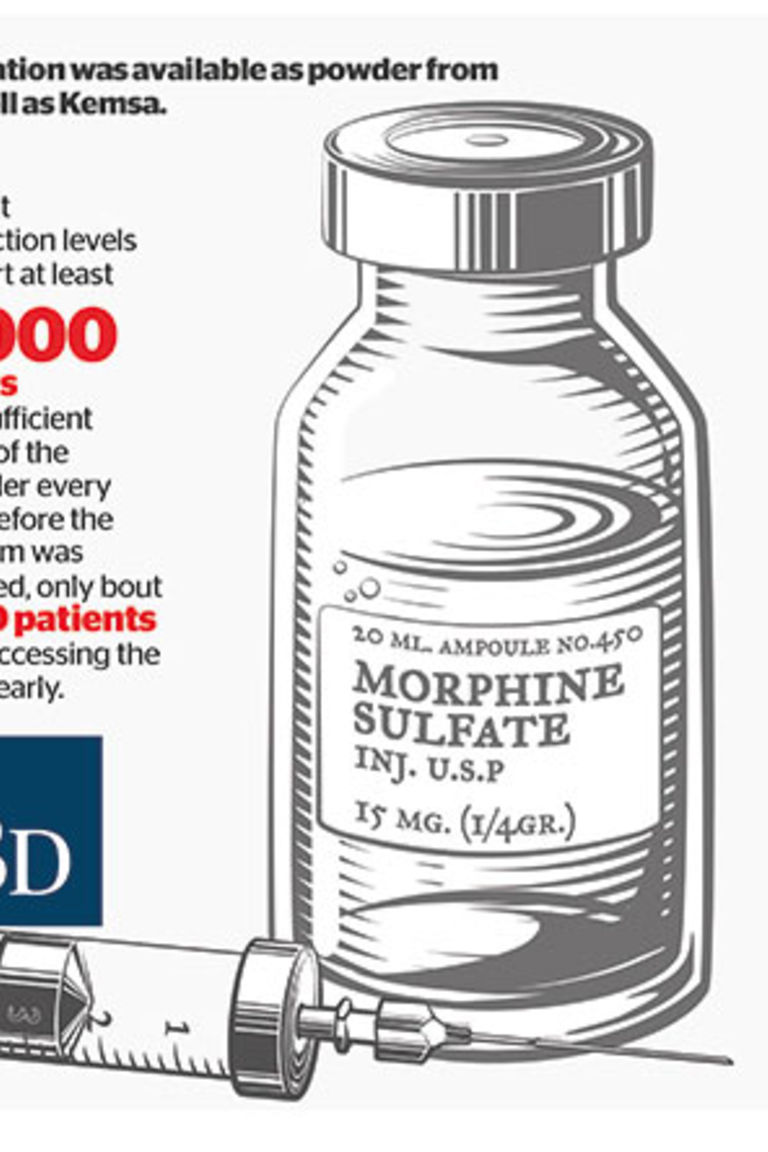

#Does giving someone morphine hasten death professional#
The healthcare professional will talk to your family member or friend about their pain so they can find the right treatment for them. Read more about what to expect in someone's last weeks and days. Your family member or friend may also be experiencing other symptoms. Read more about different types of pain that people may experience. Towards the end of life, pain can sometimes be worse if someone is finding it difficult to accept that they are dying or they are worried about how others will cope when they are gone. Feeling stressed, anxious, worried, tired, or alone can all make pain worse. People who have experienced pain during their illness or who have certain conditions, such as cancer that has spread around their body, may need more support to manage their pain.Īlthough pain is a physical sensation, we also know that lots of other things can affect how people experience pain. It could also be caused by a condition they've had for a while, such as arthritis. Pain can be caused by the person's illness itself, or by a treatment or operation they've had. It happens when damaged areas of the body send signals to the brain. Appropriate use of these pain relievers does not shorten life or prevent breathing.Pain is a physical sensation. Properly prescribed opioids do nor cause or hasten death but can make the patient more comfortable. All side effects can be managed properly and rarely interfere with a patent’s ability to use opioids. Sleepiness or sedation can also result, especially when morphine is first started or when the dose is increased. However, some experience side effects of nausea, vomiting or constipation. Most patients find they function very well while taking pain medication.

These are called “break-through” or “short-acting” medicines. If there is pain between regular doses of long-acting opioids, other medications can be given as needed. Controlled release opioids are “long-acting” medicines taken every 12 hours. Pain can be helped most effectively by taking pain medication on a regular basis as prescribed. True addiction is rare when opioids are used to relieve pain. Opioids do not quit working over time, but the dose may need to be increased as pain increases. If a patient’s pain requires the use of strong opioids, they should be used immediately as this will help prevent changes to the nervous system that can make future pain more difficult to treat. Giving them early in the disease process does not limit the amount that can be given later as the disease worsens. There is no maximum dose and the dose can be increased as needed. When opioids are no longer needed, the dose is gradually decreased. They can also be given by rectum, injection or IV, and can be “short-acting” or “long-acting”. Most often opioids are given as a pill or liquid. It can relieve “air hunger” and make breathing more comfortable. Studies have documented that morphine relieves the sensation of shortness of breath. It enhances quality of life and helps patients to live more fully and comfortably. While morphine is used in all stages of illness, many patients under hospice care have pain and/or shortness of breath which is best managed by morphine. Why are opioids used in hospice patients? Oxycodone is a semi-synthetic pain reliever with actions similar to those of morphine. It is used to relieve moderate to severe pain or shortness of breath. Morphine is a pain reliever that acts directly on the central nervous system (brain and spinal cord). Both are referred to as “opioids.” They are the two most commonly used opioids in hospice and palliative care. There are many myths associated with morphine and oxycodone use.

Tree of Light: Remember Your Loved Ones.Watch as Caregivers Talk About Our Care.Help in Your Nursing Home or Assisted Living.The Butterfly Program & Pediatric Hospice Care.


 0 kommentar(er)
0 kommentar(er)
